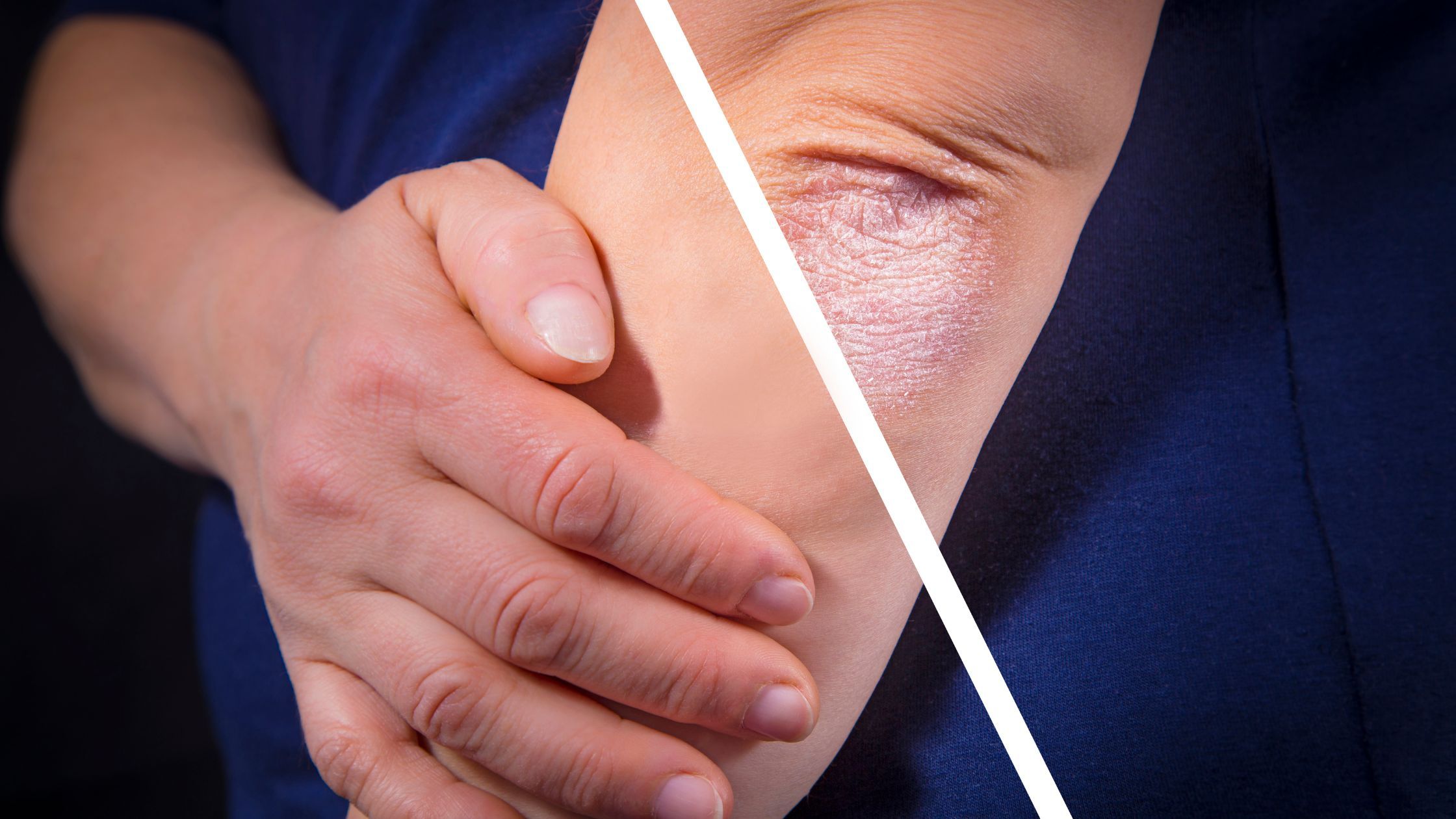What is psoriasis and how to treat it?
Psoriasis is a skin condition that generally affects the knees, elbows, trunk and scalp. It generates a rash with itchy, scaly spots. Let’s learn more about it.
September 30 2022 | Vidhi HamirwasiaWhat is psoriasis and how to treat it?
Psoriasis is a common, persistent illness with no known cure. It can disrupt your sleep cycle and make concentration difficult. The situation frequently cycles where it will flare up for a few weeks or months before subsiding. Infections, scrapes or burns, and certain drugs are common triggers in those genetically predisposed to psoriasis.
Common symptoms of psoriasis inculcate patchy rash that ranges from person to person, dandruff-like scaling and major breakouts all over the body. Additionally, it involves rashes of various colors, tiny scale patches (often observed in kids), and dry, cracked skin that may itch, burn or pain.
Types of psoriasis

Psoriasis is classified into numerous categories. Many only have one type at a time. However, you can have two different types of Psoriasis at the same time. The severity of one type could increase or transform into another. Most psoriasis cases move through cycles, presenting symptoms for a few weeks or months before improving.
Plaque psoriasis
The most prevalent type of psoriasis is plaque psoriasis. Its symptoms are dry skin plaques coated in scales. They typically appear on your elbows, knees, scalp, and lower back, but can appear anywhere on your body. The plaques can be itchy or sore, or both. Your skin around your joints may break and bleed if the condition is severe
Its symptoms include dry skin plaques coated in scales. They can appear anywhere on your body, mainly on your elbows, knees, scalp, and lower back. Plaques can be irritating, painful, or both. In acute situations, the skin around your joints may fracture and bleed.
Nail psoriasis
Psoriasis can cause pitting, irregular nail development, and discoloration of the fingernails and toes. The nail bed may split and become loose in psoriatic nails (onycholysis). It can even break if the illness is severe.
Guttate psoriasis
Young people and children are most commonly affected by guttate psoriasis. A bacterial infection, like strep throat, typically causes it to flare up. It is distinguished by small, drop-shaped, scaling patches on the trunk, limbs, or legs.
Inverse psoriasis
The skin folds of the groin, buttocks, and breasts are most commonly affected by inverse psoriasis. It results in scaly, inflammatory skin patches that worsen with friction and perspiration. Fungal infections cause this kind of psoriasis.
Pustular psoriasis
An unusual kind of psoriasis is pus-filled blisters. It might appear on little regions of the palms or soles or in broader areas.
Erythrodermic psoriasis
The rarest type of psoriasis is called erythrodermic.. It covers the entire body with a peeling rash that can itch or burn fiercely. It may be acute (short-lived) or chronic (chronic).
How to treat psoriasis

Psoriasis treatment helps in keeping the condition under control. A general practitioner can take care of the majority of patients. Your doctor might suggest consulting a dermatologist if your symptoms are especially severe or are not improving with treatment.
There are three types of treatments:
Topical – Lotions and ointments applied on the skin.
Phototherapy - This involves exposing your skin to specific forms of UV radiation.
Systematic - Oral and injectable drugs that function throughout the entire body.
Your doctor will likely begin with a mild course of treatment, such as topical creams applied to the skin, then, if necessary, progress to a more potent course.
There are many treatments available, but determining the most effective one can be tricky. Consult your doctor if you believe treatment is not working or if you are experiencing side effects.
Disclaimer : Beem Wellness provides general education on health and wellness. The content on this blog, website or any linked material is not intended and should not be considered, or used as a substitute for, medical advice, diagnosis or treatment. If you or any other person has a medical concern, you should immediately consult your health care provider.
In case of medical emergencies, please call 911.

